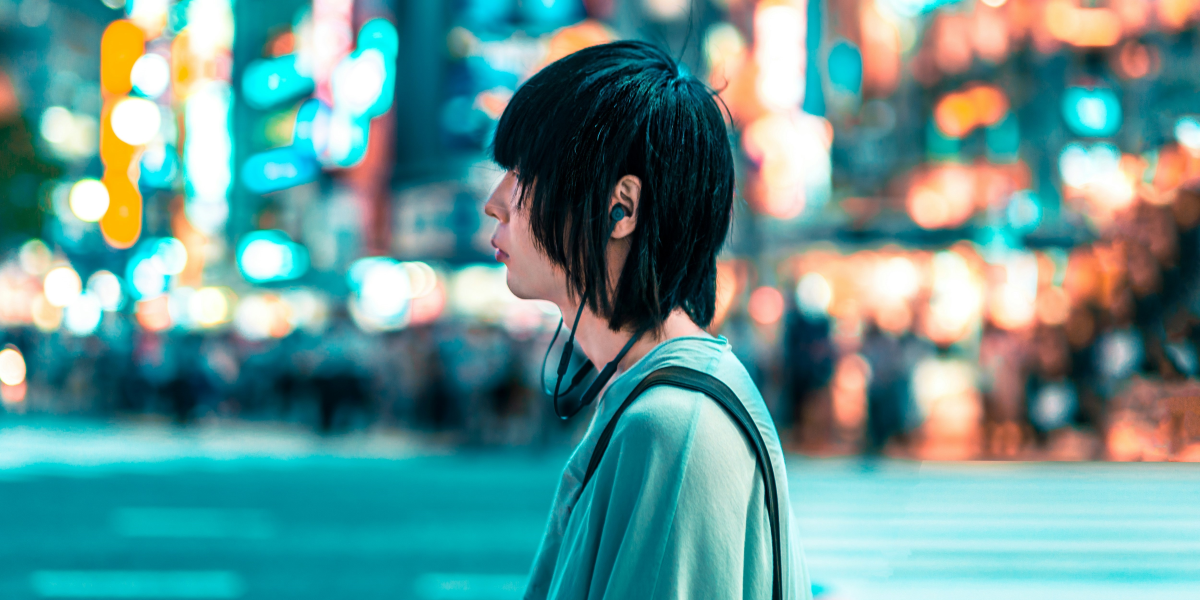Punk fashion is an iconic style representing rebellion, individuality, and a defiant attitude toward mainstream culture. Emerging in the 1970s as part of the punk rock movement, its bold aesthetics and DIY elements mark this fashion style and an ethos of self-expression. From studded leather jackets to ripped jeans, punk fashion has evolved over the decades, yet it remains a powerful statement of identity.
The Origins of Punk Fashion
Punk fashion originated alongside the punk rock music scene in the 1970s, largely in the United States and the United Kingdom. Punk bands like the Sex Pistols and The Ramones helped popularize this look, combining music with a rebellious fashion style that rejected societal norms. Early punk fashion was heavily influenced by the DIY culture, with individuals creating their clothes using thrifted items, safety pins, and paint.
The style quickly became a cultural movement, with designer Vivienne Westwood playing a significant role. Her shop in London, “SEX,” became a hub for punk style, offering clothing that featured provocative graphics, distressed fabrics, and bold designs. Westwood’s creations helped define the punk aesthetic, transforming it from a subculture to a globally recognized fashion trend.
Core Elements of Punk Fashion
Punk fashion is characterized by a few signature elements that remain central to the style. Here’s a look at some of the core pieces and themes that define punk fashion:
1. Leather Jackets
The leather jacket is an iconic piece in punk fashion, symbolizing toughness and rebellion. Often adorned with metal studs, patches, and pins, punk leather jackets are customized to reflect the wearer’s personality and beliefs. The jacket serves as both armor and a canvas for self-expression, making it a staple in any punk wardrobe.
2. Ripped Jeans and Distressed Fabrics
Ripped and distressed jeans are another hallmark of punk fashion. Torn denim, frayed edges, and patched-up holes reject polished, “acceptable” fashion. This distressed look is part of punk’s DIY ethos, allowing wearers to personalize their clothing and convey an anti-establishment attitude.
3. Band T-Shirts and Graphic Prints
Band t-shirts and graphic tees are central to punk fashion, often featuring logos, album art, or slogans that convey rebellious messages. These shirts pay homage to punk rock bands and highlight the connection between music and fashion within the punk subculture. Graphic prints, such as skulls, anarchist symbols, and provocative statements, add edge and attitude to the look.
4. Plaid Patterns
Plaid, particularly in red and black, is commonly associated with punk fashion, symbolizing its British roots. Plaid skirts, pants, and shirts are frequently seen in punk style, often combined with other elements like chains or leather. Plaid items bring a bold pattern to punk outfits, adding texture and contrast.
5. Studs, Chains, and Hardware
Studded accessories and metal hardware are essential in punk fashion, with items like belts, bracelets, and collars featuring spikes or chains. These details add an edgy, aggressive touch to the outfit, enhancing the rebellious spirit of punk. Chains are often worn as jewelry or attached to pants, while spiked accessories give a rugged, “don’t mess with me” vibe.
6. Combat Boots
Footwear is a key component of punk fashion, and combat boots are the go-to choice for achieving a punk look. Boots like Dr. Martens or similar styles add a tough, utilitarian edge, complementing other punk pieces. They are durable, functional, and effortlessly cool, reinforcing the raw, unpolished aesthetic of punk.
7. DIY and Personalization
DIY is a defining principle of punk fashion, with individuals often personalizing their clothes with patches, pins, and handwritten messages. The DIY approach allows each outfit to reflect the wearer’s unique identity and beliefs. Many punk enthusiasts hand-make or alter items, creating a one-of-a-kind look that resists mass-market fashion.
Evolution of Punk Fashion Over the Years
Since its emergence in the 1970s, punk fashion has continued evolving, with new interpretations and subgenres emerging. Each decade has added its twist to punk fashion, adapting it to contemporary influences while maintaining its rebellious roots.
1980s: Glam Punk and Hardcore Punk
The 1980s saw glam and hardcore punk rise, each adding new elements to the classic style. Glam punk incorporated bolder colors, metallics, and makeup, blending punk with elements of glam rock. Meanwhile, hardcore punk focused on a rawer, more aggressive look, often emphasizing dark colors, shaved heads, and extreme DIY customization.
1990s: Grunge Influence
In the 1990s, punk fashion merged with grunge, a style popularized by bands like Nirvana and Pearl Jam. The grunge-punk hybrid leaned into a disheveled look, with oversized flannels, worn-out jeans, and an overall “anti-fashion” attitude. Grunge softened punk’s aggression but retained its themes of nonconformity and individuality.
2000s: Pop Punk and Mainstream Appeal
The 2000s brought pop punk to the forefront, with bands like Green Day, Blink-182, and My Chemical Romance influencing fashion. Pop punk made the style more accessible, blending punk with a casual, youthful aesthetic. This era also introduced punk fashion to mainstream stores, making it available to a wider audience while retaining key elements like band tees, studded belts, and black skinny jeans.
2020s: Modern Punk and Sustainability
Punk fashion continues to evolve, with a growing emphasis on sustainability and ethical fashion. Modern punk enthusiasts bring DIY back into the spotlight with upcycled clothing and thrifted pieces reflecting punk’s original ethos. The resurgence of sustainable practices aligns with punk’s rejection of consumerism, encouraging people to buy second-hand, make their clothes, or support eco-conscious brands.
Embracing Punk Fashion Today
Punk fashion is more than just a style; it’s a statement of individuality, resistance, and authenticity. By incorporating punk-inspired elements, individuals can create a look that reflects their personality while embracing the legacy of a subculture rooted in rebellion. In 2024, punk fashion is experiencing a resurgence, emphasizing sustainability, DIY creativity, and timeless pieces that encourage self-expression.
Whether you’re drawn to classic leather jackets, band tees, or modern interpretations, punk fashion offers countless ways to express yourself boldly and authentically.
Published by: Annie P.














